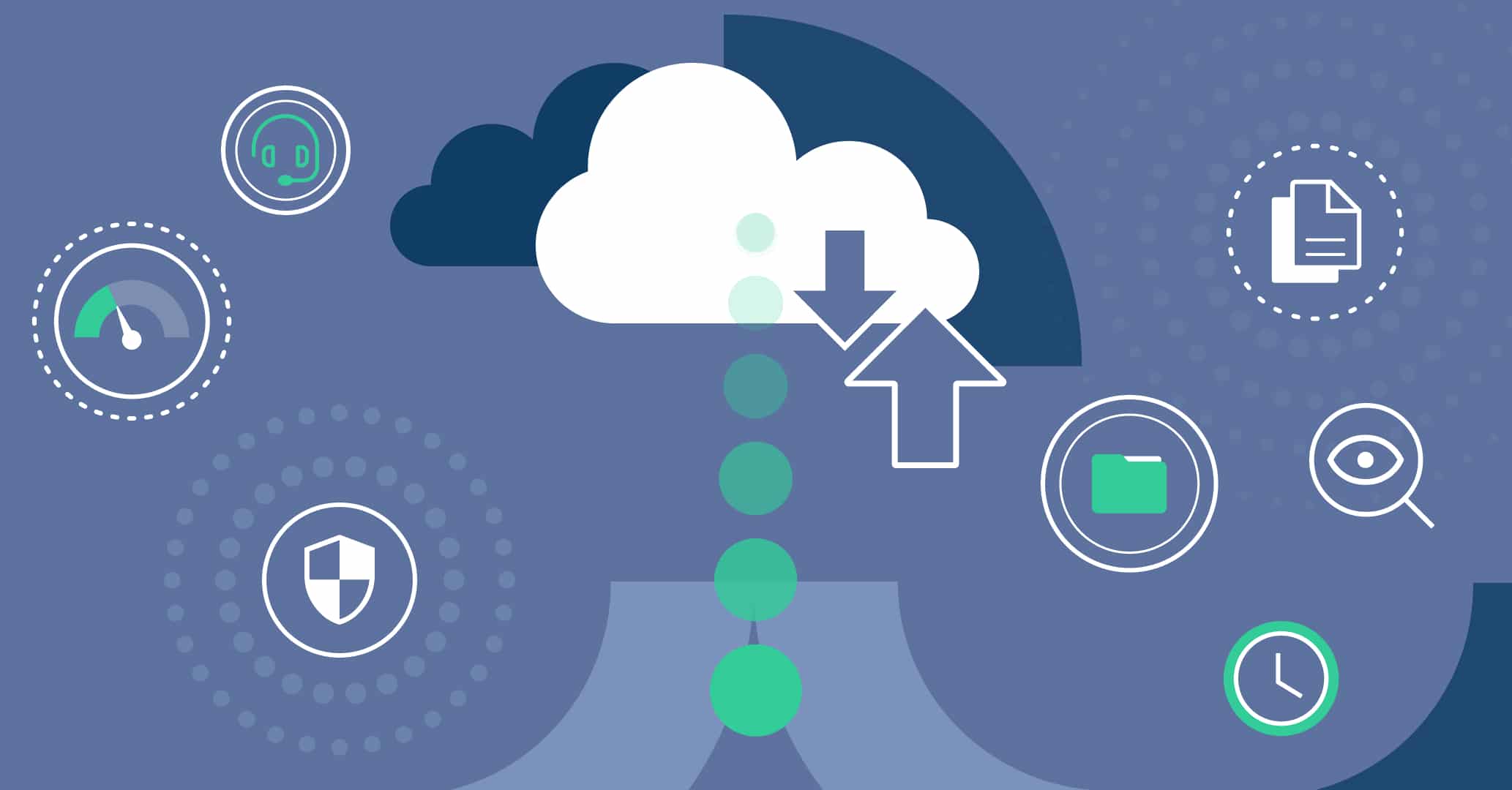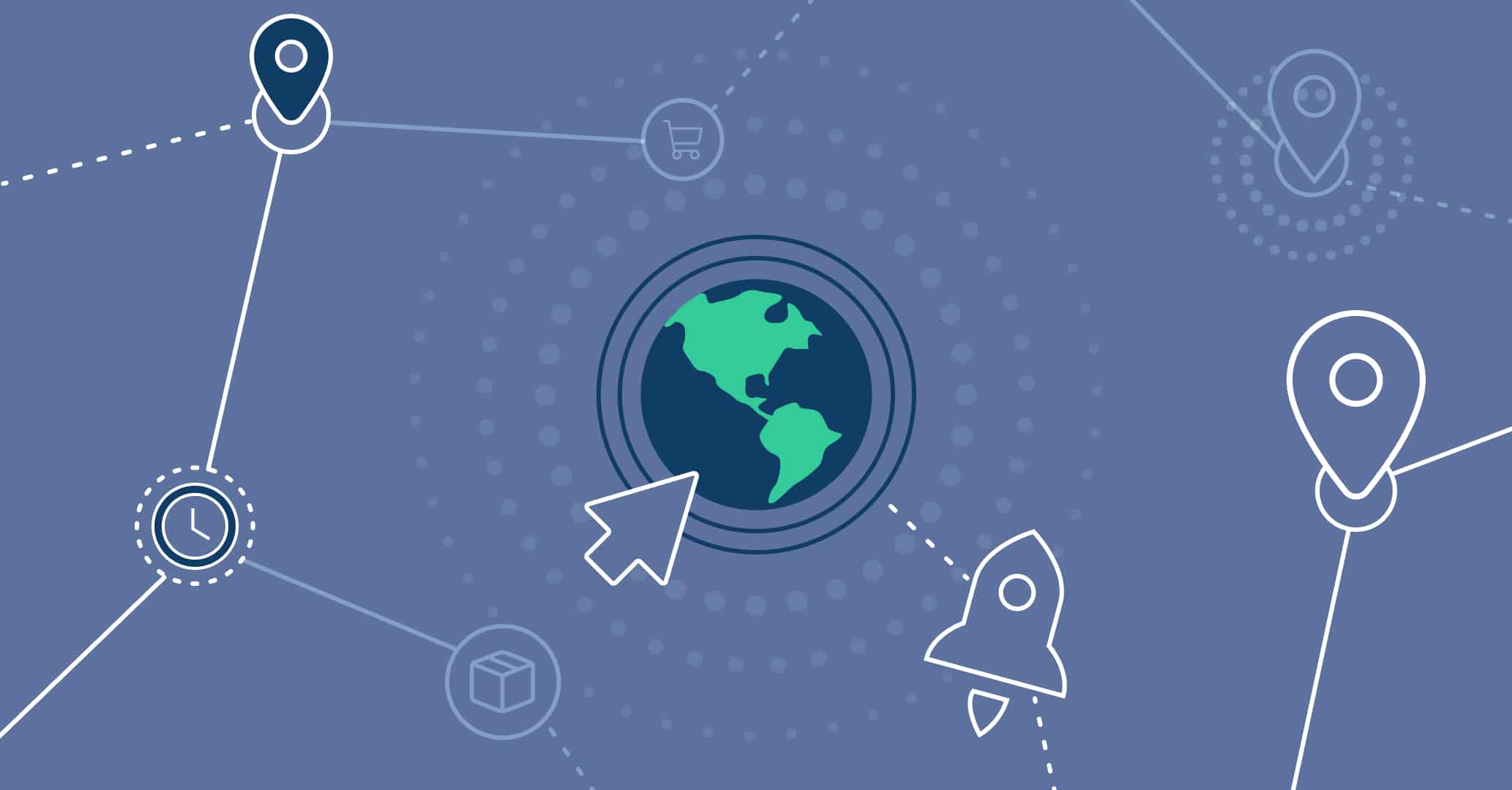Welcome to our comprehensive guide that aims to shed light on the key differences between Robotic Process Automation (RPA) and Intelligent Process Automation (IPA). In today’s fast-paced business landscape, automation technologies have become indispensable for improving efficiency, reducing errors, and streamlining repetitive tasks.
RPA and IPA are two prominent players in the automation arena, each with its unique strengths and capabilities. Throughout this article, we will delve into the nuances of RPA and IPA, providing you with the insights you need to understand their differences and make informed decisions for your organization’s automation needs.
What is Robotic Process Automation (RPA)?
Definition of RPA
Robotic Process Automation (RPA) is an automation technology that employs software robots, also known as “bots,” to perform rule-based, repetitive tasks. These bots can mimic human interactions with digital systems, applications, and data sources, making them ideal for tasks that involve structured data and follow predefined workflows. RPA bots are particularly efficient in data entry, data validation, report generation, and other mundane tasks.
Characteristics of RPA
– Scalability: RPA bots can be easily scaled up or down based on business requirements, enabling organizations to adapt to changing workloads swiftly.
– Speed and Accuracy: RPA bots can execute tasks at high speeds and with incredible precision, reducing errors and processing time significantly.
– Non-invasive Integration: RPA technology can be integrated with existing systems without the need for complex and costly software upgrades.
Understanding Intelligent Process Automation (IPA)
Definition of IPA
Intelligent Process Automation (IPA) is an advanced form of automation that combines RPA with Artificial Intelligence (AI) and Machine Learning (ML) capabilities. Unlike RPA, which follows predefined rules, IPA systems can analyze data, learn from it, and make decisions based on the insights gained. This makes IPA well-suited for handling unstructured data, complex tasks, and dynamic workflows.
Characteristics of IPA
– Cognitive Abilities: IPA systems can comprehend, interpret, and analyze unstructured data from various sources, enabling them to make intelligent decisions.
– Self-learning Capabilities: Through Machine Learning algorithms, IPA systems can continuously improve their performance and decision-making abilities over time.
– Contextual Understanding: IPA can understand the context of a task, considering variables and dependencies to optimize process outcomes.
RPA vs IPA: The Key Differences
Scope of Automation
RPA is best suited for repetitive, rule-based tasks with structured data. It excels in automating routine processes, such as data entry, order processing, and invoice management.
On the other hand, IPA can handle complex tasks that involve unstructured data, natural language processing, and decision-making based on cognitive analysis. It is more adept at handling exceptions and dynamic workflows, making it a powerful tool for optimizing end-to-end business processes.
Intelligence and Decision-making
The most significant difference between RPA and IPA lies in their intelligence capabilities. RPA operates based on predefined rules, and while it can handle repetitive tasks efficiently, it lacks the cognitive abilities to adapt to changing circumstances.
In contrast, IPA integrates AI and ML to analyze data, learn from it, and make informed decisions. This enables IPA to handle unstructured data and dynamic processes, making it more suitable for complex business scenarios.
Flexibility and Adaptability
RPA implementations often require explicit instructions and can be rigid when encountering process variations. IPA, with its self-learning capabilities, can adapt to new scenarios and refine its processes based on experience and feedback. This adaptability gives IPA the edge in handling diverse tasks and evolving business requirements.
Level of Human Intervention
In RPA, the rules and processes need to be explicitly defined, and human intervention is often required to manage exceptions or handle unexpected situations. IPA, with its cognitive abilities, can handle a more extensive range of scenarios without human intervention, reducing the need for constant monitoring and oversight.
Which to Choose: RPA or IPA?
Use Cases for RPA
RPA is an excellent choice for organizations looking to automate repetitive, rule-based tasks. Some common use cases for RPA include:
– Data Entry and Migration: RPA can efficiently transfer data between systems, reducing manual errors and processing time.
– Invoice and Payment Processing: RPA bots can streamline invoice validation, approval, and payment processes.
– Report Generation: RPA can extract data from various sources and generate reports in a standardized format.
Use Cases for IPA
IPA is a more advanced and versatile solution, suitable for complex tasks that involve unstructured data and decision-making. Some use cases for IPA include:
– Customer Service and Support: IPA can analyze customer queries and provide personalized responses, enhancing customer satisfaction.
– Fraud Detection: IPA can analyze transaction data and detect potential fraudulent activities with high accuracy.
– Natural Language Processing (NLP): IPA can process and understand human language, enabling applications like chatbots and virtual assistants.
Conclusion
In conclusion, both RPA and IPA have their unique strengths and applications in the world of automation. RPA is well-suited for repetitive, rule-based tasks with structured data, offering scalability and efficiency. On the other hand, IPA goes beyond rule-based automation by integrating AI and ML to handle complex processes and unstructured data with contextual understanding and decision-making capabilities.
When deciding between RPA and IPA, consider the nature of the tasks you want to automate and the level of cognitive intelligence required. For routine and rule-based tasks, RPA may be sufficient. However, for processes that involve unstructured data and dynamic decision-making, IPA is the more powerful and future-proof choice.






